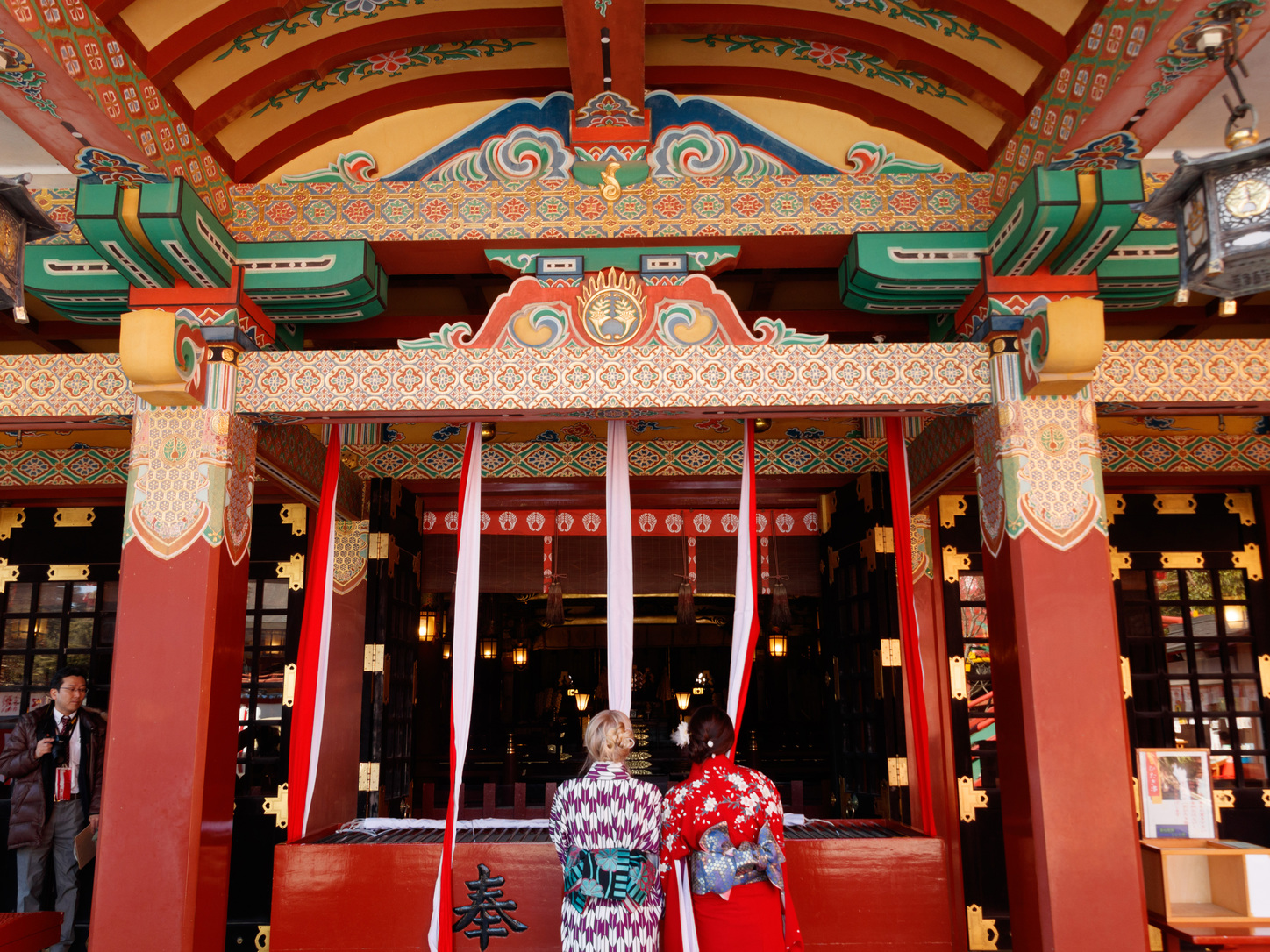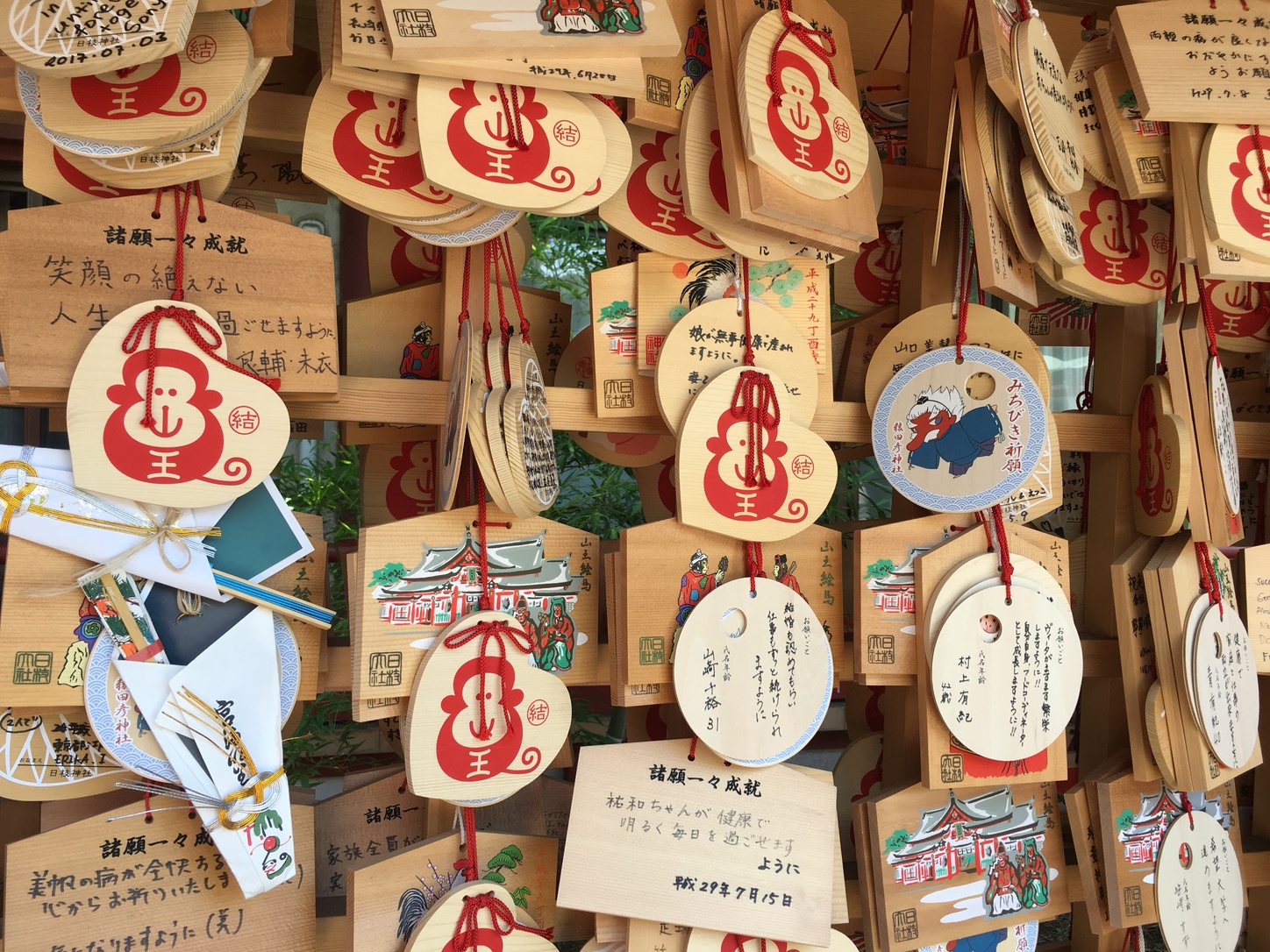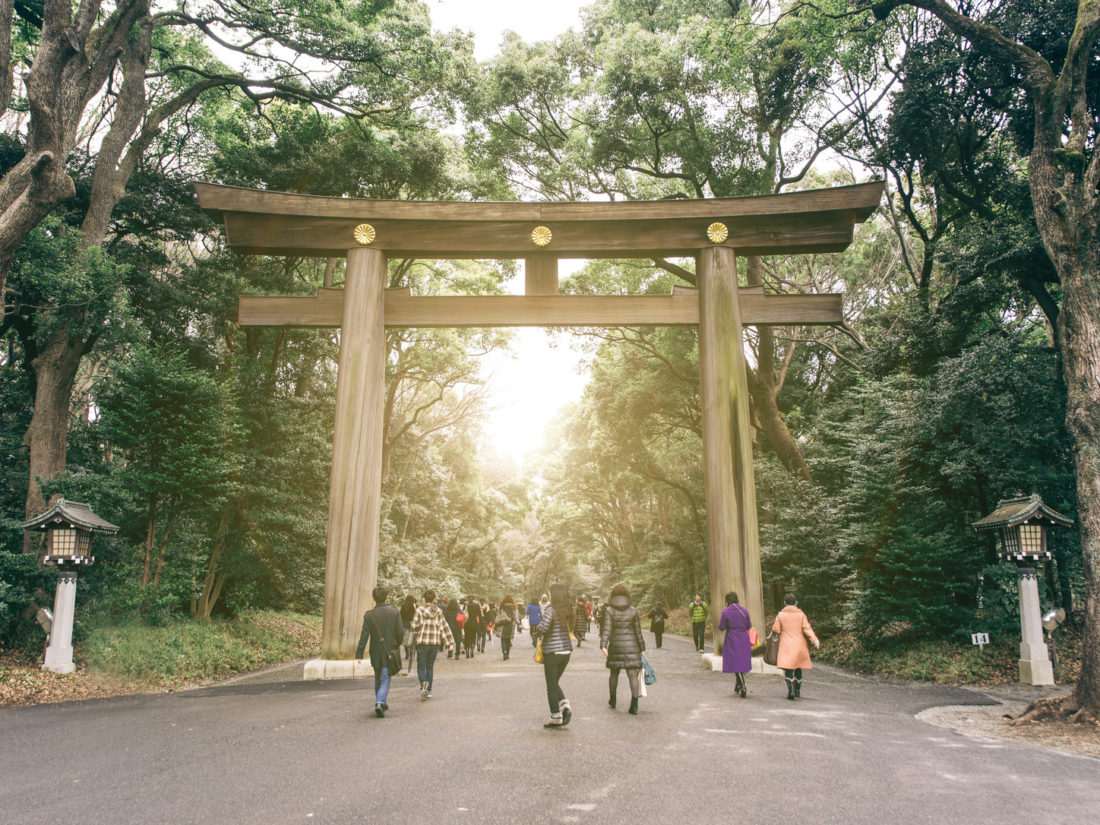Shrines are popular destinations for both Japanese and international tourists and given their beautiful architecture and peaceful surroundings, it’s easy to understand why. Shrines are very welcoming to visitors wherever they may be from and want everyone to feel comfortable, but in turn, there are some things to consider when dropping by for a visit.
Shundo Ohura of Gosyunibito.com brings up the point that as shrines (and temples) become more popular as tourist destinations for both Japanese and international visitors, it can be easy to forget their original purpose. While Japan has a generally loose and agnostic-style approach to its religions, shrines are still places of worship that are sacred to many.
What to Wear
As with visiting a church or a mosque, one should dress accordingly. Whether you believe in Shinto or not, it’s more a matter of respect towards through who do. Ohura advises: “Even if it gets hot in summer, wear something that isn’t showing too much skin. (This goes for both men and women.) Flip flops and clothing that is too sloppy and casual are also a no-no. Ideally, you should also take off your hat and sunglasses when worshipping. You’re also not allowed to eat or drink on shrine grounds, and make sure to avoid taking photos where it’s clearly labeled it’s forbidden.”
Torii Tips
When entering a shrine, you’ll pass through one or several torii gates leading into the shrine grounds. These gates mark the boundary between the human secular world and the sacred space of the gods. Many people will bow before entering and after leaving, but this is not a necessity as long as the visitor maintains an air of respect for the area. As shrines are the “homes” of enshrined gods, you could consider it equivalent to visiting someone’s house — be respectful that you’re entering someone else’s private space.
The Approach
The wide sando, or approach, to the shrine, is the main pathway for the gods. Humans should walk to the left and right sides, leaving the center open for the gods. This is something often forgotten or ignored even by many Japanese people, but it’s a good rule to follow, even if only because it helps to avoid bumping into people.
Temizuya: the Cleansing Ritual
The temizuya is where worshippers purify themselves before entering the sacred inner shrine area. Here’s a quick instructional video on how to use the temizuya correctly:
Pick up the ladle with your right hand (even if left-handed) and fill it with running water from the spring. Pour some water onto your left hand. Move the ladle to your left hand and pour water onto your right hand. Switch hands again, this time pouring water into your cupped left hand. Rinse your mouth out with this water, or simply lift it up to your lips if you don’t feel comfortable doing so. Hold the ladle with both hands and hold it up vertically, letting the water run down the handle. Place the ladle back on the temizuya, facing down.
Note: when washing out the mouth and lifting the ladle to get rid of excess water before returning it, make sure to do this above the pebbles around the fountain and not into the fountain water itself. Also, you should only scoop water from the spring once, at the very beginning.

Worshipping at the Altar
If you would like to offer a prayer or a wish at the shrine, feel free to do so regardless of other beliefs you may have. First, go up to the altar of the main hall and drop some money into the offering box. This doesn’t have to be much — in fact, many people only offer one, or several, five yen coins. This is because the Japanese word for five yen (“goen”) also sounds like the word “good fortune” and is thought to give a little boost of good luck.
Next, if there is a rope bell, ring it to let the gods know you’re there. Bow deeply twice, then clap your hands twice at chest height. Stay standing with your hands together as you offer a prayer or wish. Bow deeply one last time when you’re done, before turning away to leave.
Note: Some of the rules and guidelines for visiting temples will be the same, but many will differ.

Look out for the wooden wishing plaques called ema
Now that you’re a shrine-visiting pro, why not get yourself a goshuincho or an omamori as a memento of your visit?









